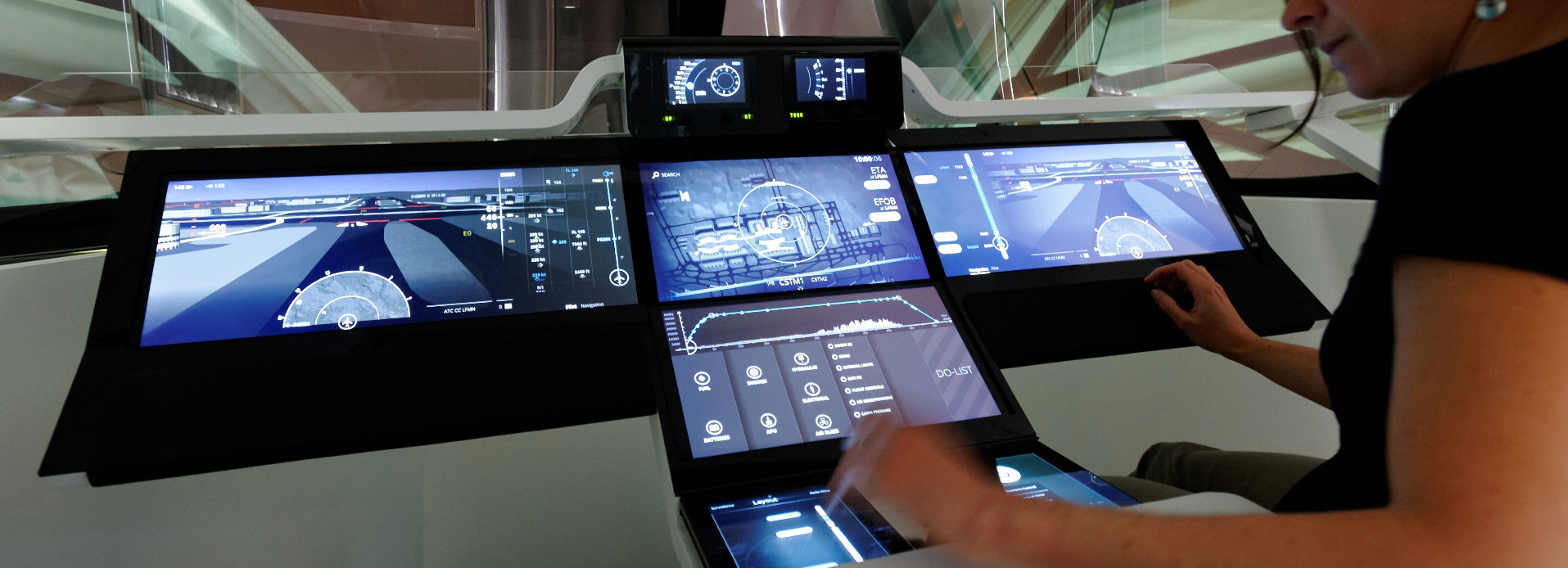Smart, Safe, and Secure – Which Comes First?
One might argue ‘safety’ is of utmost priority for the skies, especially when the airspace is an entire world of its own and people’s lives are at stake.
Think again. What if you knew operations and communications in the skies could be crippled because systems were hacked? Or would you be less inclined to select a particular airline if it has not been able to keep up to your needs?
The airspace - guarded by military air forces around the world and frequented by passenger airlines - has undergone unprecedented changes in recent years. The number of passengers in the sky is growing at a rapid rate while air forces are facing emerging threats such as UAVs.
These developments are only the tip of the iceberg.
Indeed, as the world undergoes a technological revolution, the skies are not spared and the stakeholders within the ecosystem must evolve as well.
Safe skies not a given
The proliferation of drones and unmanned/unidentified air vehicles have contributed to a crowded airspace and brought about an even wider array of risks. Drones are cheap, versatile, and readily available. In the wrong hands, they can be detrimental. Yet, air defence forces and civil authorities are struggling to control them as drones grow in popularity among consumers.

How could both military and civil aviation players defend against this threat and ensure skies continue to be safe for us?
It is with certainty that newer technologies such as artificial intelligence (AI) and holographic radar will play key role in a comprehensive approach to analyse and qualify a threat before neutralising it.
Smarter ways of doing things in the new skies
From passengers to pilots, the expectations have changed. Whether it is a personalised experience for the passenger or the ability to make more accurate decisions in the cockpit, the definition of smart differs across the value chain in aviation.

Airports and airlines today have massive volumes of data but they need to make sense of it. A smart airport for example could increase efficiency and allow for lower operational costs despite increasing passenger traffic. One example is Singapore’s Changi Airport Group who is making significant efforts to redefine passenger experience with automated systems from check-in to bag drop and immigration.
Airlines could better track aircraft usage and schedule maintenance to ensure optimal performance from their assets. The future of our aviation industry lies in how well we can utilise big data analytics, artificial intelligence and the Internet of Things.
Security in the skies
Gone are the days when risks in the aerospace sector only refer to acts of terrorism. Today, new technological threats have emerged, such as cyberattacks.
Digitalising the systems, storing more data in the cloud, and creating more connected systems mean that aviation organisations are prime targets for cyber attackers. Singapore announced in 2017 that the aviation sector is one of the 11 Critical Information Infrastructures (CII), highlighting firstly, how governments around the world are advocating the importance of cybersecurity to this sector and secondly, how cybersecurity solutions are needed to safeguard the integrity of the complex aviation ecosystem.
Cyberattacks not only grow in number but also in sophistication. Nonetheless, this should not deter any business from going digital. Stakeholders within the aviation space must be able to detect and qualify cyber incidents as well as respond to them in the shortest time possible. In fact, if done well, cybersecurity would help create value for organisations as they would be able to benefit from digital technologies without compromising their systems or the safety of passengers and air crew.